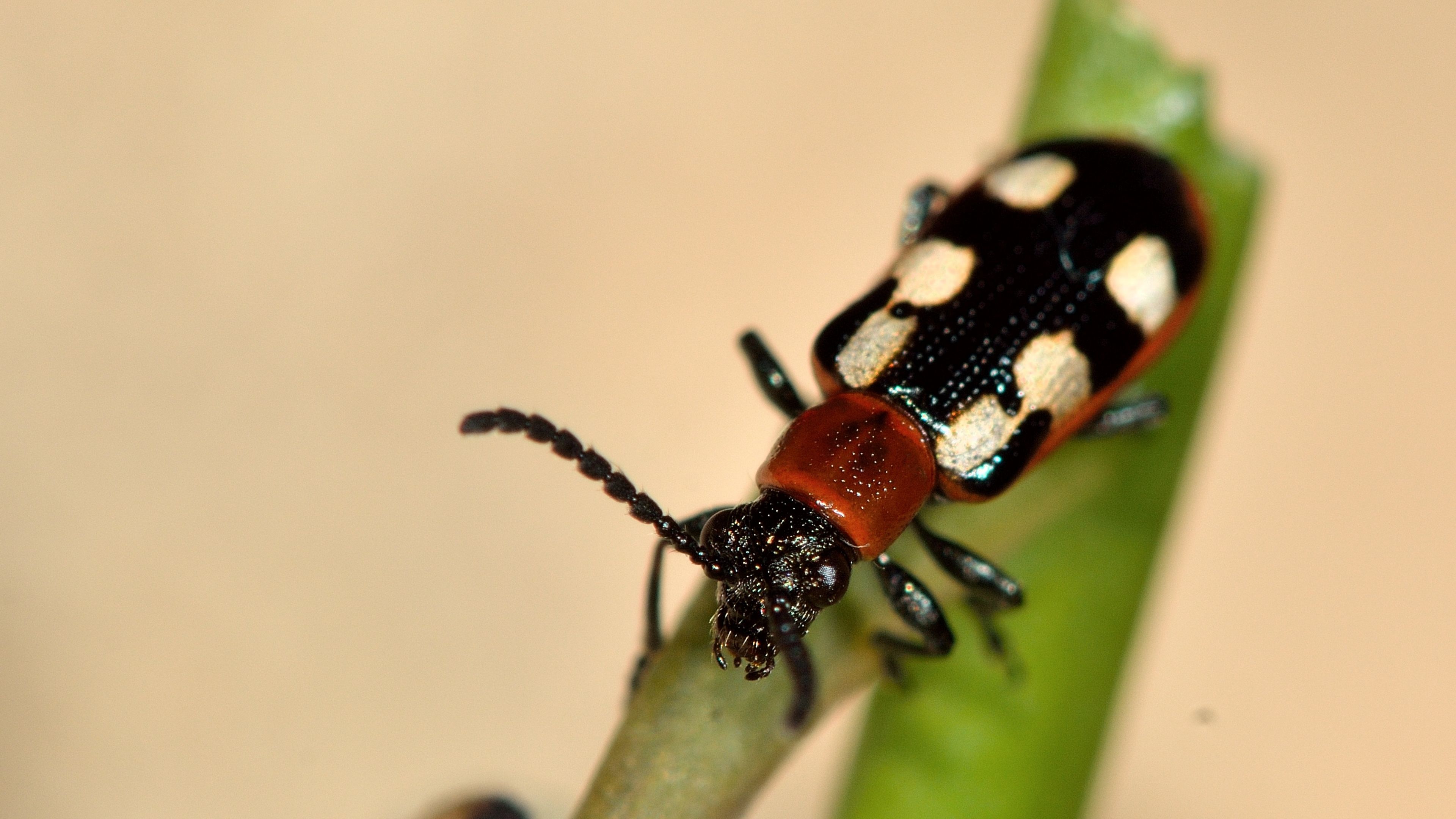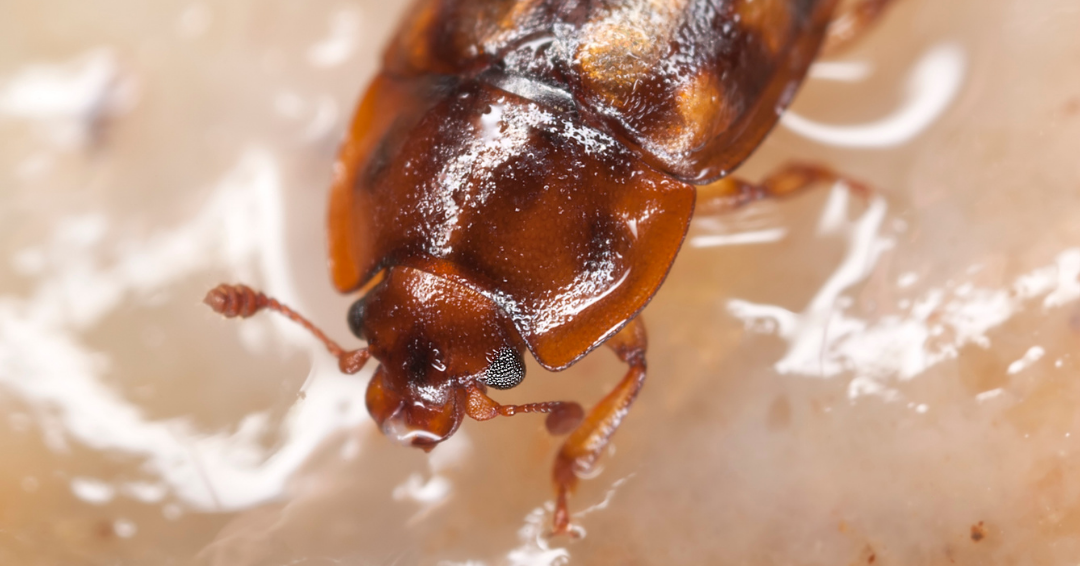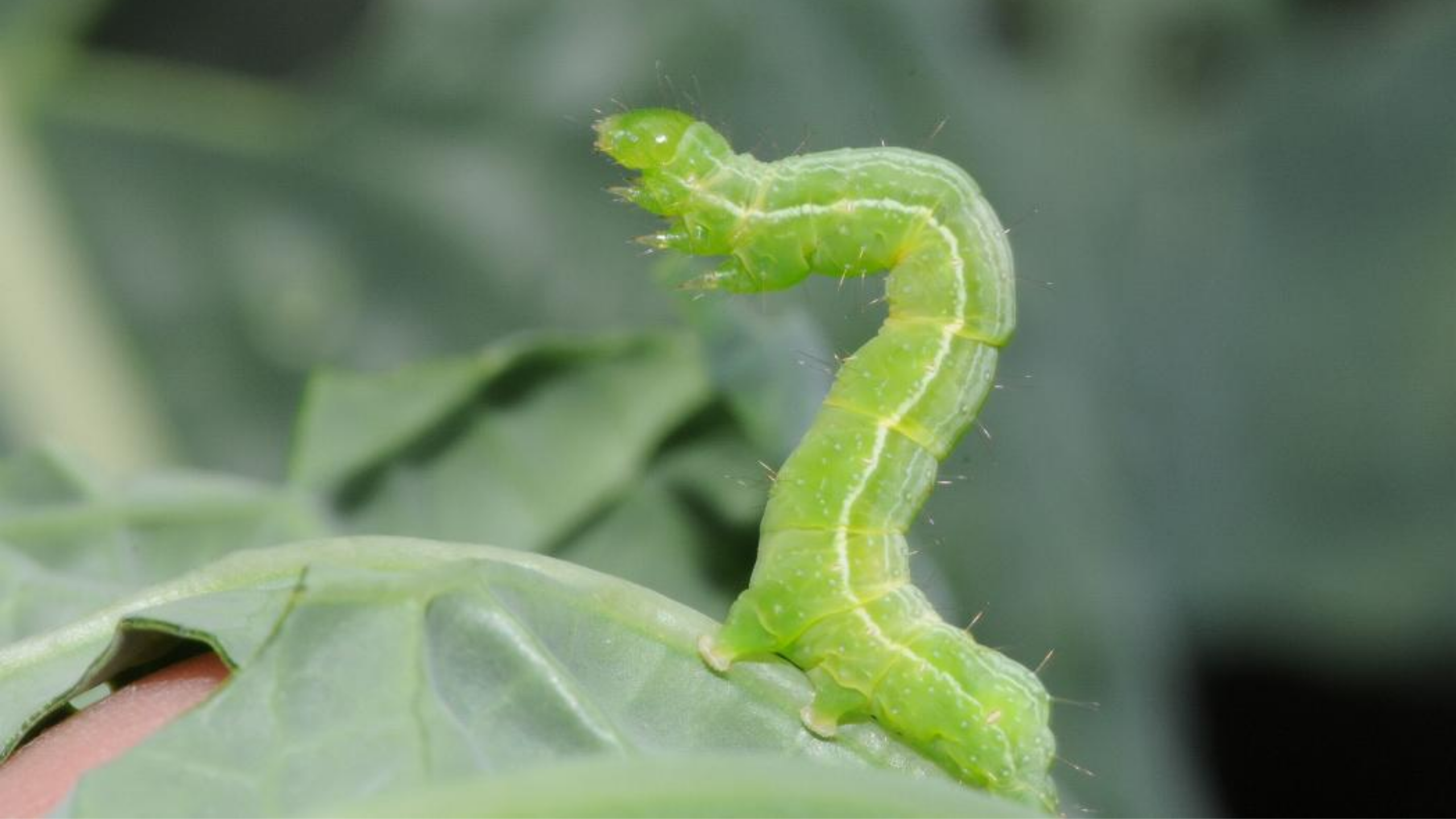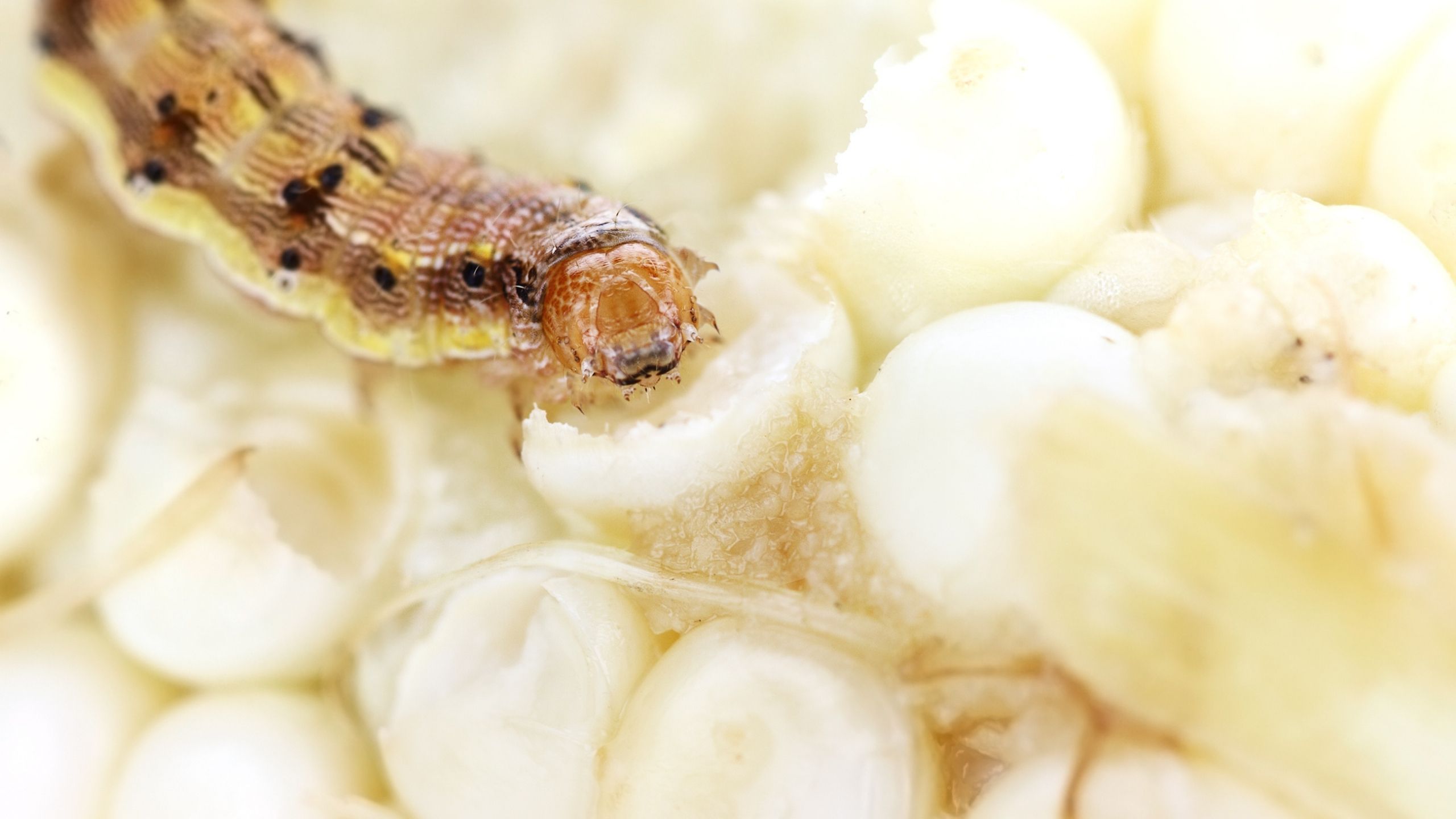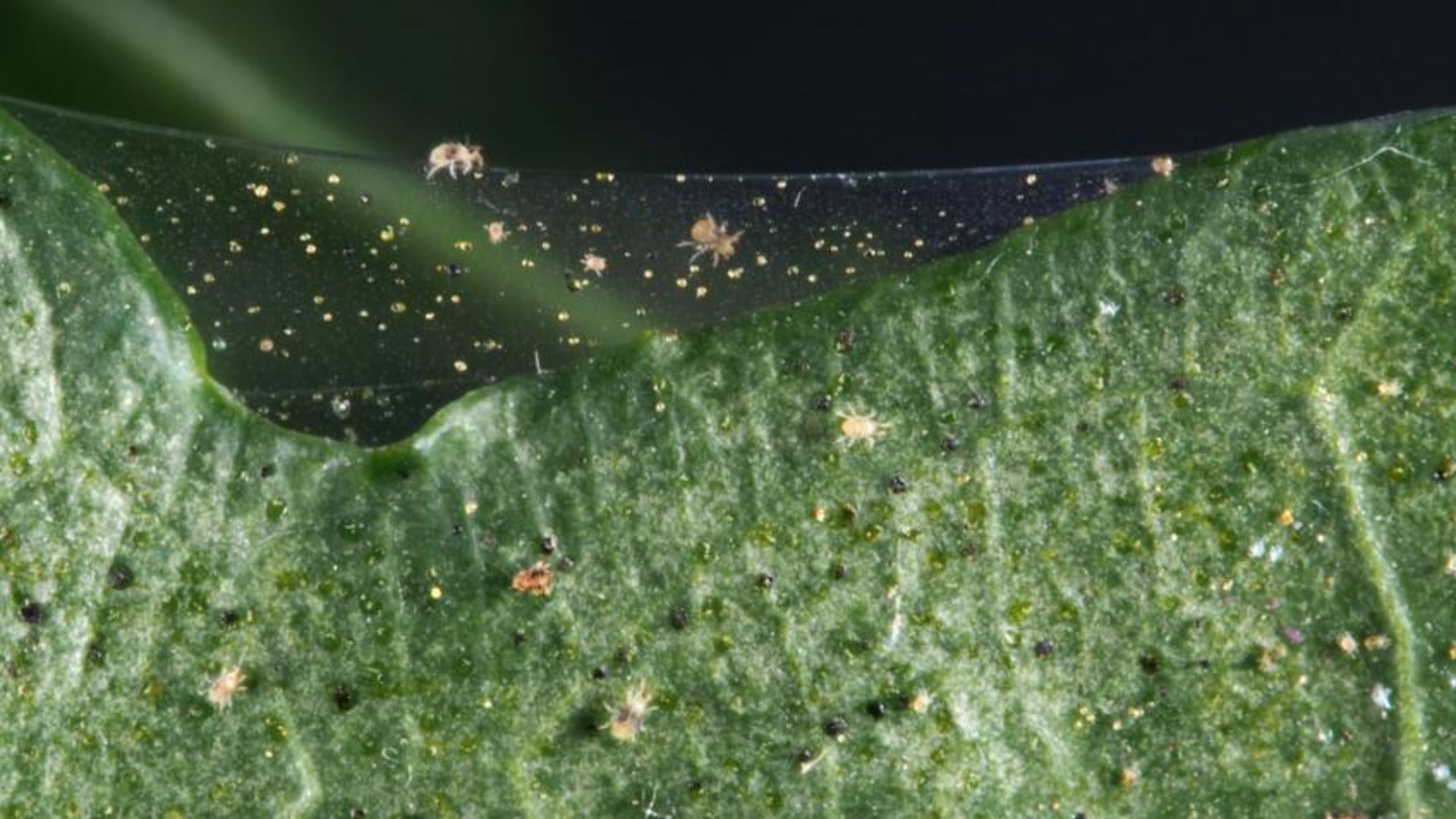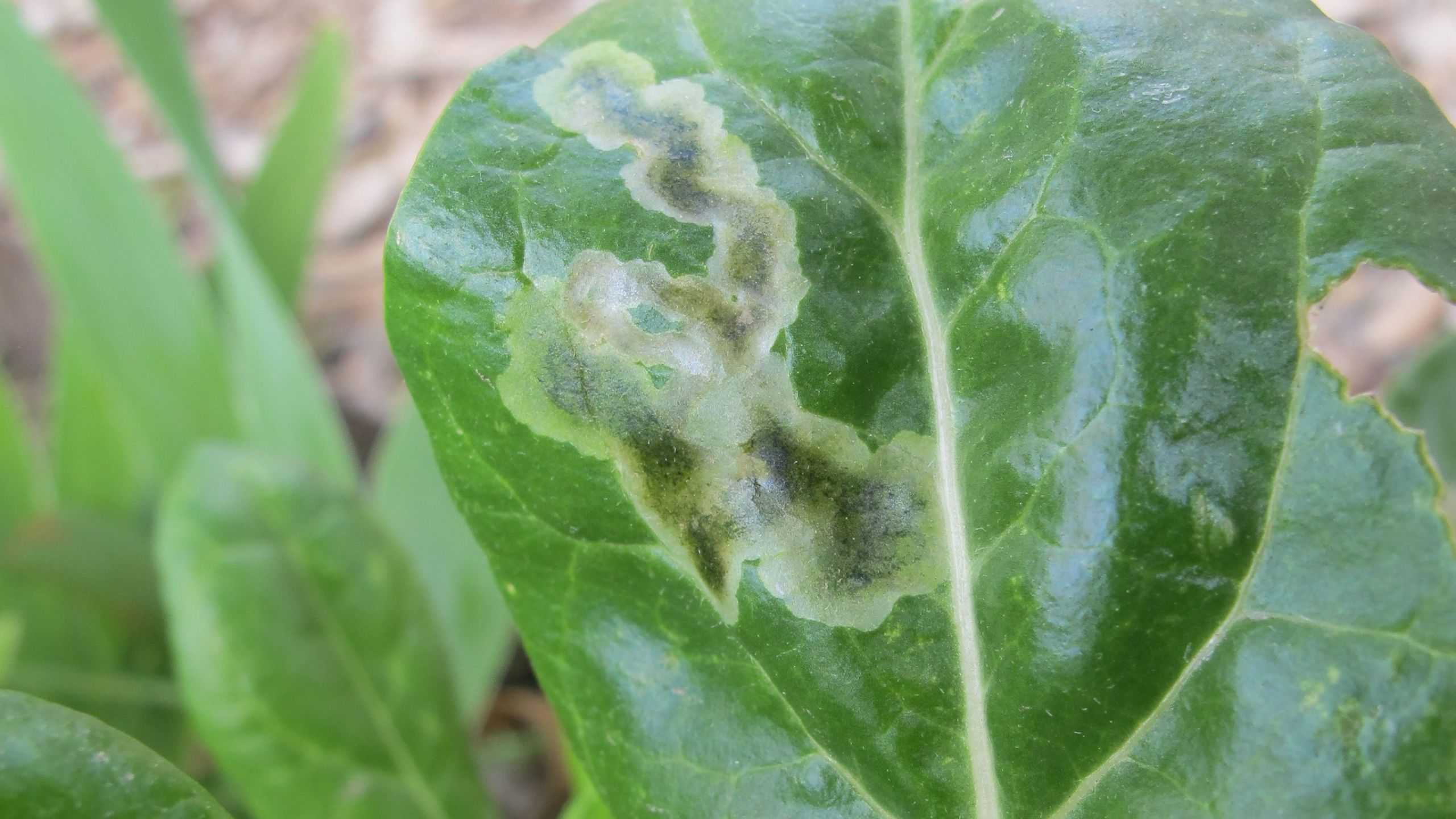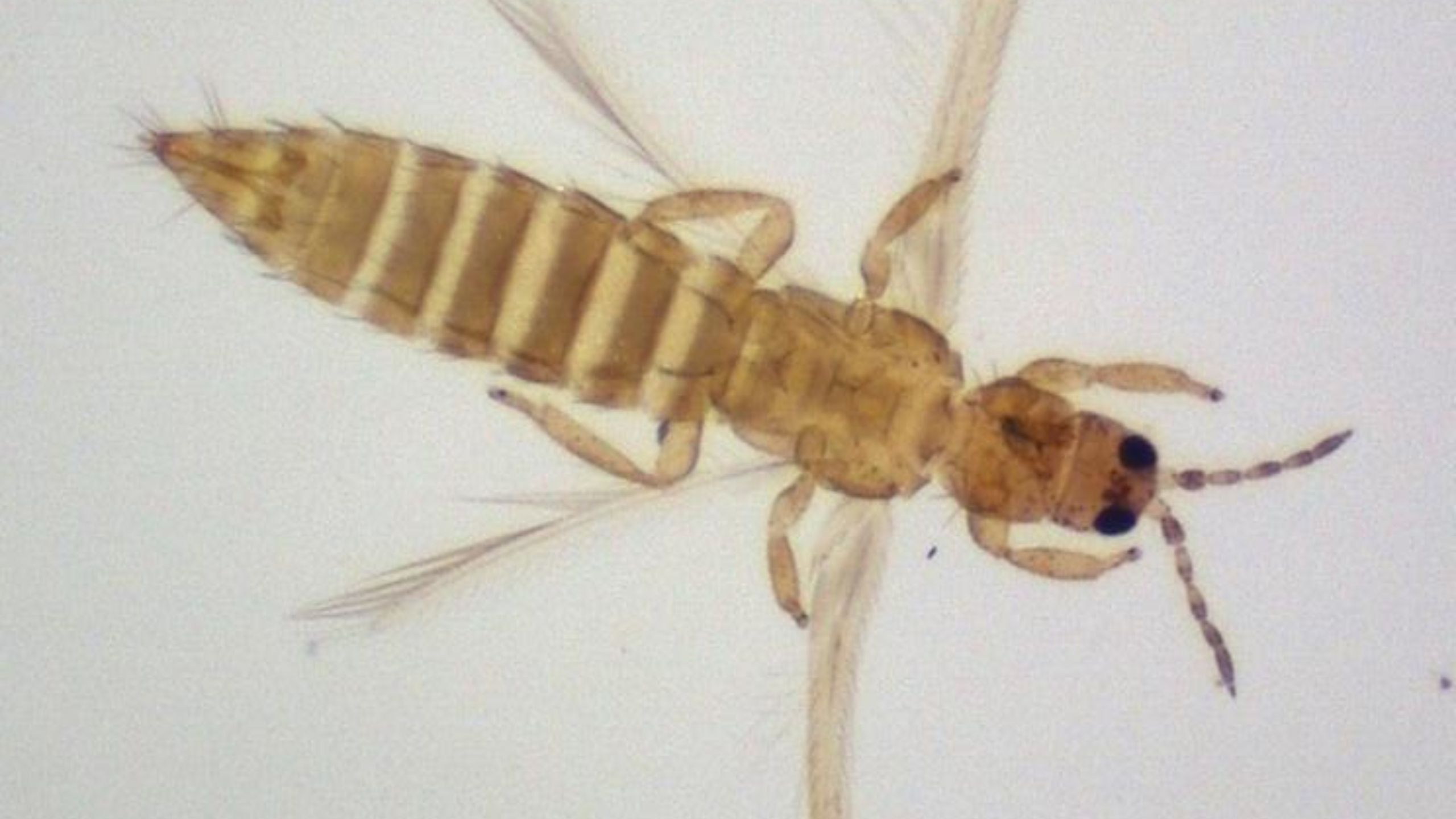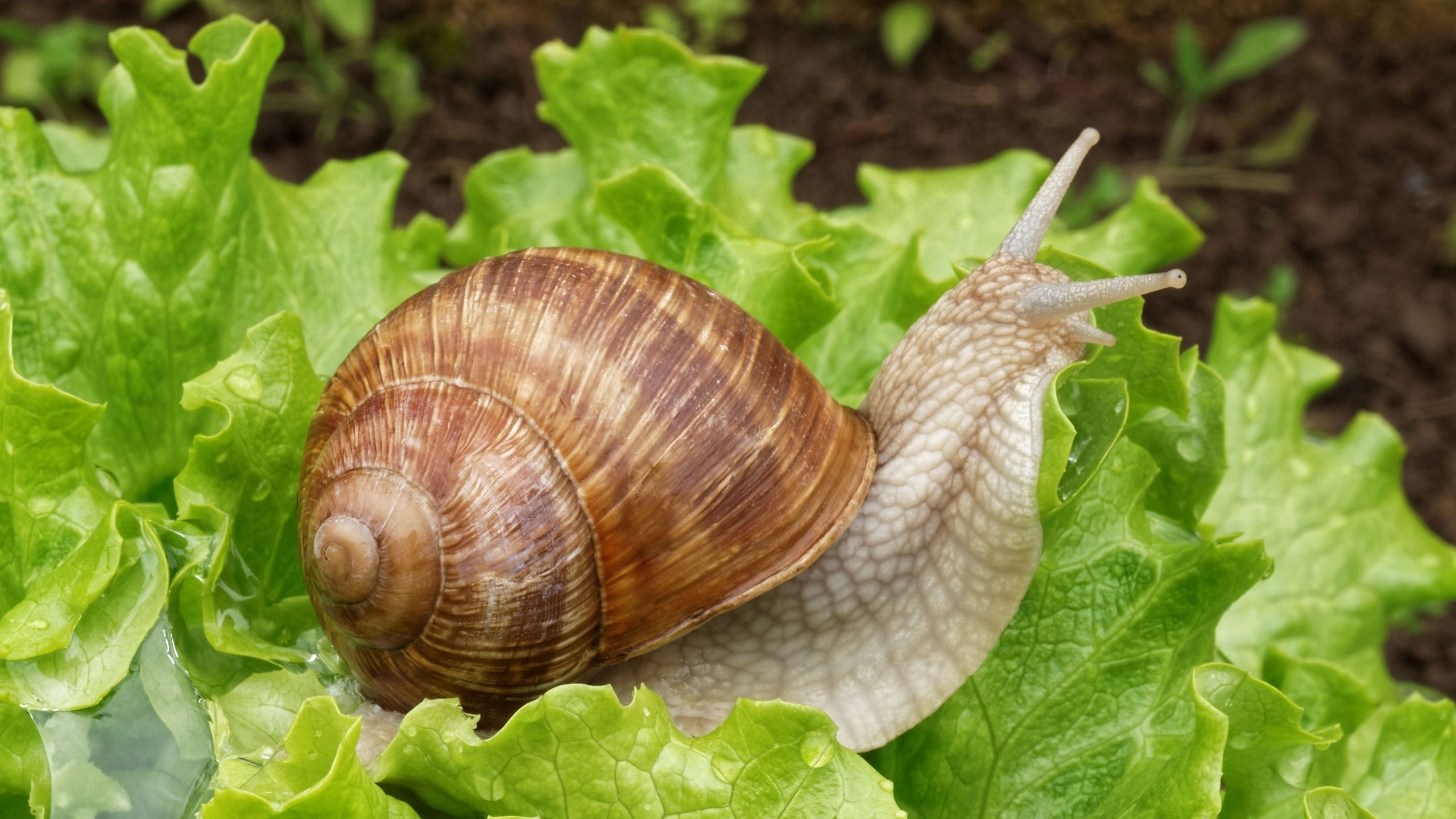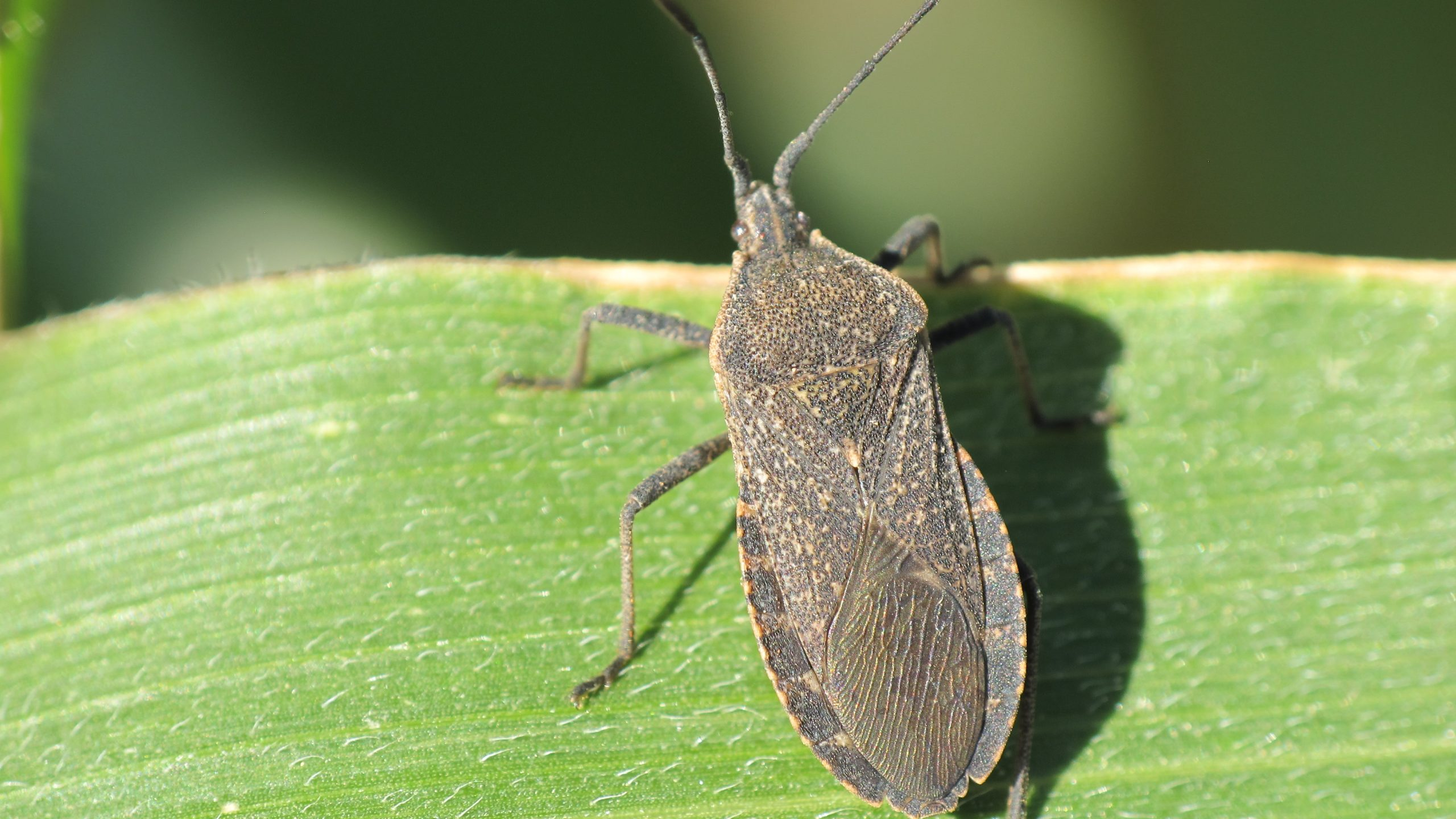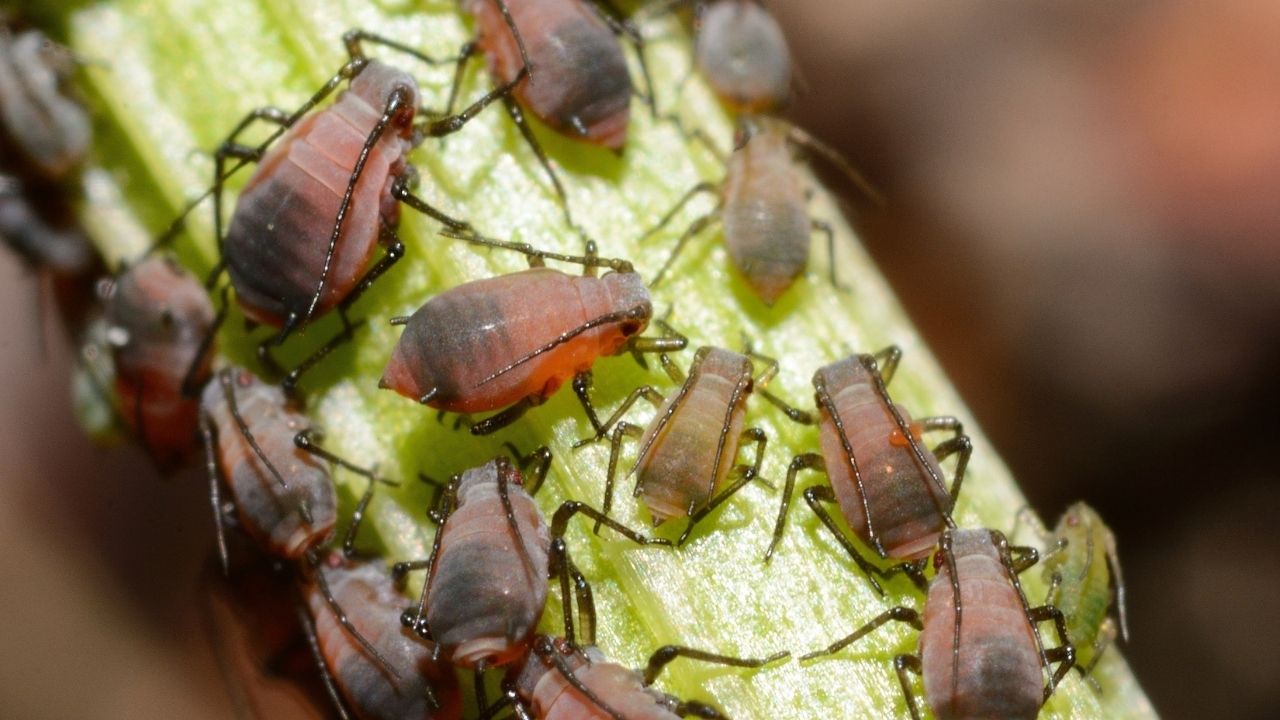Grasshoppers
June 2008
Edward Evens, USU Biology • Erin Hodgson, Extension Entomologist (No longer at USU)

Fig. 1. Migratory Grasshopper. Image courtesy of Whitney Cranshaw, Department of Entomology, Colorado State University (www.ipmimages.org).

Fig. 2. Grasshoppers are a landscape issue. Image courtesy of Ronald Smith, Auburn University (www.ipmimages.org).
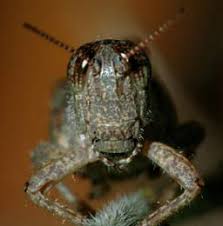
Fig. 3. Front view of a acridid grasshopper. Image courtesy of Marlin Rice, Department of Entomology, Iowa State University.
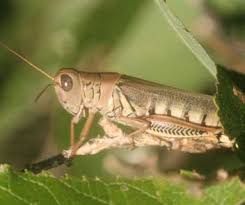
Fig. 4. Differential grasshopper. Image courtesy of Joseph Berger (www.ipmimages.org).
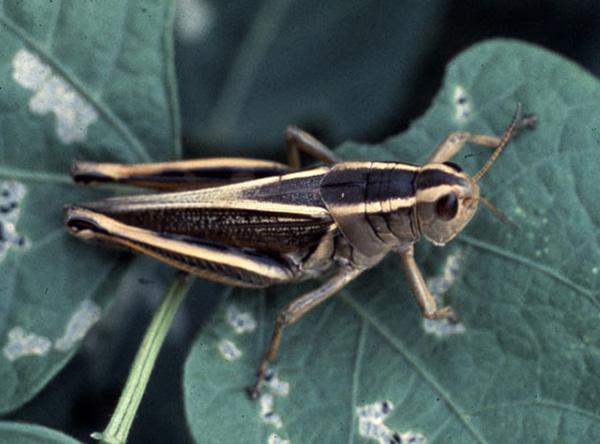
Fig. 5. Twostriped Grasshopper. Image courtesy of R. J. Reynolds Tabacco Company Slide Set (www.ipmimages.org).

Fig. 6. Grasshoppers feeding in corn. Image courtesy of Howard Ensign Evans, Colorado State University (www.ipmimages.org).
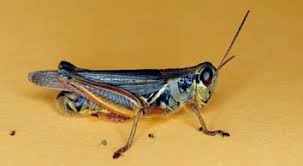
Fig. 7. Redlegged Grasshopper. Image courtesy of Susan Ellis (www.ipmimages.org).
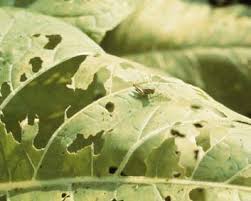
Fig. 8. Typical Grasshopper Feeding. Image courtesy of Gerald M. Fauske, Department of Entomology, North Dakota State University.
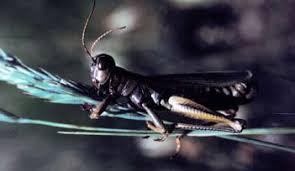
Fig. 9. Grasshopper killed by a naturally occuring grasshopper pathogen, Entomophthora grylli
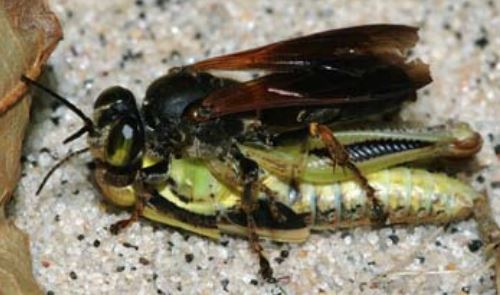
Fig. 10. Grasshopper being preyed on by a Techysphex sphecid wasp

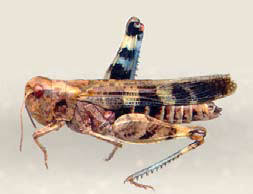

Fig. 11. Three types of short-horned grasshoppers in Utah. Striped grasshopper (left), Amphitornus coloradus, is a slant-faced grasshopper; Western clouded grasshopper (middle), Encoptolophus costalis, is a bandedwinged grasshopper; and cudweed grasshopper (right), Hypochlora alba, is a spur-throated grasshopper.
Quick Facts
- About 400 different grasshopper species are native to North America, and most are well-adapted to forage and grasslands in Utah.
- Area-wide treatments are generally more effective than spot treatments because grasshoppers are highly mobile insects.
Grasshoppers are among the most conspicuous insects in Utah, and are viewed by many as also among the most injurious to our crops and rangelands (Fig. 1). In any given year, thousands of acres may be sprayed throughout the state to reduce potential damage. While at times grasshoppers may inflict intolerable loss, we must recognize that only a few species cause economic damage. We must also understand that because outbreaks can occur simultaneously across the landscape (Fig. 2), suppression programs may be successful only when they are wellplanned and carried out over large acreages.
The small rancher or homeowner, inundated with grasshoppers, is likely to have only temporary success when acting alone to reduce grasshopper populations. Unless treating a local “hot spot” before the grasshopper infestation has spread over large areas, grasshoppers will continually migrate to new foliage. For this reason, the federal government, through the USDA-APHIS (Animal and Plant Health Inspection Service), assists private landowners with serious infestations by coordinating areawide grasshopper management programs.
Life Cycle and Habitat
Grasshoppers go through simple metamorphosis (i.e., egg, nymph, adult) and have chewing mouthparts. Most grasshoppers in Utah have one generation each year. Eggs are laid in the soil in summer and fall, and typically hatch the following spring. The eggs are laid in groups held together in a pod formed from a sticky secretion to which loose soil becomes bound. Eggs hatch in the spring depending on temperature. Immature grasshoppers, called nymphs, go through five instars before becoming adults. The nymphs are flightless, but will gradually develop small wing pads. Most adults are capable of flying great distances.
Each species has its own unique life history, including habitat and food preferences. Grasshoppers are often depicted as indiscriminate feeders; however, individual species show marked preferences for certain kinds of plants. Indeed, some species are so specific as to feed almost exclusively on one or a few closely related plant species. Proper identification is critical in assessing the potential for economic damage of large scale infestations in rangeland, roadsides and fence row vegetation adjacent to cropland. The most damaging grasshopper species have broad habitat preferences and host plant range. These species are capable of building up over several years to high numbers in local areas, and migrating considerable distances as the vegetation is consumed.
Description and Hosts
Grasshoppers belong in the order Orthoptera and family Acrididae, and are most closely related to crickets and katydids. The acridid grasshoppers (Figs. 1, 3, 4, 5, 7) include some of the most injurious species in Orthoptera. Utah has three major groups of grasshoppers (Fig. 10): the slant-faced grasshoppers, the band-winged grasshoppers, and the spur-throated grasshoppers. The slant-faces, as their name implies, generally have angled faces and long, thin bodies that enable them to blend into the grassy vegetation. The bandedwings are the conspicuous hoppers with often brightly colored hindwings that snap and crackle as they fly short distances. The banded-wings are especially common in open desert and scrub; they blend in well with their brown surroundings. The spur-throats include the most injurious species (see descriptions of common grasshoppers on this page). Their name derives from the tubercle projecting between their front legs.
Differential grasshopper: Melanoplus differentialis (Fig. 4) Adults are 1¾˝ long and shiny, brownish-yellow in color. The hind legs have black chevrons (v-shapes). These grasshoppers live in fields, open woods and along the edges of water. The nymphs and adults have a broad host range, including grasses, weeds, crops and fruits.
Twostriped grasshopper: Melanoplus bivittatus (Fig. 5) Adults are 1¼ - 2˝ long, and have a distinct black band on the hind leg and two light yellow stripes down the top of the back. The stripes come together at the end of the forewings to form a triangle. Twostriped grasshoppers prefer tall, lush, herbaceous vegetation. Dense populations may reside in ditch banks, roadsides, and crop borders. This species can be a major crop pest in small grains, alfalfa, and corn. It is an early-hatching species and is one of the first species to appear each season.
Redlegged grasshopper: Melanoplus femurrubrum (Fig. 7) Adults are 1-1½˝ long, slightly smaller than the differential grasshopper, and are brown in color with red hind tibia. This grasshopper is the most widely distributed species, and prefers tall vegetation of forbs, grasslands, meadows, crop borders, CRP (Conservation Reserve Program) land, and roadsides.
Migratory grasshopper: Melanoplus sanguinipes (Fig. 1) Adults are 1˝ long and are reddish brown in color. These grasshoppers prefer forbs, grasslands and meadows. The migratory grasshopper causes more crop damage than any other species of grasshopper in the U.S. High densities may destroy small grains, alfalfa, clover, corn, vegetables, and ornamentals.
Conditions Conductive to Outbreaks
Grasshopper densities are primarily influenced by weather, and benefit from warm, dry springs. High temperatures allow eggs to hatch early and nymphs to grow quickly. Warm summers also promote egg deposition for the following year. Overwintering egg pods are freeze-tolerant, especially when there is sufficient snow cover for insulation.
Weather may affect grasshoppers both directly and indirectly. Cool wet weather may be detrimental to “cold-blooded” grasshoppers simply because it slows their movement. Weather may indirectly affect the natural enemies of grasshoppers, including predators and parasites. Cool conditions also promote natural fungal infections and other disease-causing organisms, which can contribute to population crashes. Conversely, warm dry weather may indirectly favor grasshoppers by causing their host plants to break down proteins into constituent amino acids to maintain water balance. Such changes in the host plant may make it more nutritious.
The potential complexities involved in grasshopper population dynamics are daunting. It should not be surprising that efforts to model and predict the rise and fall of grasshopper populations have had only limited success. The need for careful research, conducted painstakingly over many years, remains as great as ever as we strive to improve our understanding of why, when, and how grasshopper populations rise and fall.
Damage
Grasshoppers have chewing mouthparts that tear away plant tissue. Grasshopper injury is most often associated with rangeland, corn, small grains, and vegetable crops. However, during heavy infestations almost any type of plant may be attacked, including trees, shrubs, ornamentals, flowers, and turfgrass. Grasshoppers are commonly thought of as foliage feeders, but will also feed on flowers, fruits, seed heads, stems, and essentially all above ground plant parts (Figs. 6, 8). Often fence rows and roadsides adjacent to crops serve as the major sources of grasshoppers; as the vegetation dries up in such areas, grasshoppers that hatched and matured there move into adjacent crops.
Like most insect populations, grasshopper numbers fluctuate from year to year due to environmental conditions and other variables. Females prefer to deposit egg pods in undisturbed land and widespread severe infestations are often associated with a series of dry years. The heaviest grasshopper injury usually occurs in areas with 10-30˝ of precipitation per year.
Management
Chemical Control
Killing and managing grasshoppers, unfortunately, are often not synonymous. Grasshoppers are readily killed readily by insecticides but often large acreages need to be treated. Given the great mobility of grasshoppers, area-wide treatments may only reduce populations that year. Ranchers are encouraged to scout for grasshopper “hot spots,” that is, local areas in which grasshoppers concentrate egg-laying and outbreaks first occur. All too often, huge populations of grasshoppers grow and spread before control measures are taken, thus greatly increasing both the costs and difficulties of control attempts. USDA-APHIS is responsible for control programs against grasshoppers on public lands. When grasshoppers occur at high numbers (>8/yd2 over at least 10,000 contiguous acres of privately owned rangelands), the owners may join together to receive state and federal aid in planning and conducting a large-scale Cooperative Rangeland Grasshopper Management Program.
The condition and forage value of the rangelands affected must be weighed against the potential for damage from grasshoppers to determine whether control costs are justified. A grower may be able to prevent severe crop infestation late in the season by regularly checking grasshopper breeding grounds earlier in the season, and treating with insecticide in years when nymphs are extremely numerous.
Grasshopper control products are available in spray, dust, or bait formulations. Dusts and baits are relatively expensive products, but can be applied to specific areas without sophisticated equipment. Dusts do not readily adhere to foliage and must be reapplied frequently. Baits must be consumed and are most effective when host plants are scarce, small, or have dried up. Use of carbaryl bait (wheat bran laced with carbaryl) is a particularly desirable alternative to spraying for grasshoppers in pastures, fence rows, wasteland, and along roadsides. Spread evenly through the habitat, the bait selectively kills only grasshoppers and other insects that consume it in while foraging. Nymphs are most likely to injure crops while actively foraging for dry plant material on the ground, and therefore their populations are very effectively reduced in number by baits.
Malathion and carbaryl are relatively non-toxic to humans, and may be sprayed to kill grasshoppers along roadsides and fence rows by following label directions. Other products registered for grasshopper control in Utah include acephate, beta-cyfluthrin, bifenthrin, chlorpyrifos, dimethoate, and lambda-cyhalothrin. These sprays will be most effective when used against nymphs rather than against adults.
Biological Control
Several reduced risk products for grasshopper control are also available in Utah. Nosema locustae (Canning), sold as Nolo Bait, is a microsporidian protozoa that infects grasshoppers through baiting. Under ideal conditions coinciding with peak nymphal emergence, N. locustae will kill 50-70% of the population and 35-50% of the surviving grasshoppers will be infected. Infected grasshoppers are weakened, feed less, and produce fewer eggs.
Optimal suppression with Nosema requires a few steps:
- species identification
- treating young nymphs
- treating on sunny mornings
- treating populations >5/yd2
- treating large acreages
The disadvantages of Nosema are:
- peak mortality occurs 4 to 6 weeks after application
- it is most effective when applied to large areas with relatively sparse vegetation
- conventional insecticides are still required to supplement area-wide management
Another biological control agent labeled for control of grasshoppers is a fungal pathogen, Beauveria bassiana. Many other natural occurring enemies for grasshoppers in Utah do exist. Likely, a combination of predators, parasites and pathogens contribute to grasshopper control every year (Figs. 9-10).
Further Reading and References
- Branson, D.H., A. Joern, and G.A. Sword. 2006. Sustainable management of insect herbivores in grassland ecosystems: new perspectives in grasshopper control. BioScience 56: 743-755.
- Evans, H.E. 1985. The pleasures of entomology. Smithsonian Institution Press. Washington, D.C. Chapter 5 of this delightful book is devoted to an engaging account of the biology of the Mormon Cricket; other chapters are devoted to equally fascinating insects generally wellknown to the public.
- Hewitt, G.B. and J.A. Onsager. 1982. Grasshoppers: yesterday, today, and forever. Rangelands 4: 207-209. The authors review the biology of grasshoppers, and potential forage losses from and control efforts against these insects in the western United States.
- Lockwood, J.A., W.P. Kemp, and J.A. Onsager. 1988. Long-term, large-scale effects of insecticidal control on rangeland grasshopper populations (Orthoptera: Acrididae). Journal of Economic Entomology 81: 1258-1264. The authors present evidence that grasshopper outbreaks have occurred more frequently in response to more intensive insecticide spraying in Wyoming than in adjacent counties in Montana, perhaps because overly intensive use of insecticides upsets control by grasshoppers’ natural enemies.
- Madsen, D.B. 1989. A grasshopper in every pot. Natural History 7/89: 22- 25. Archeological studies near the Great Salt Lake have
revealed that Great Basin huntergatherers ate large numbers of grasshoppers, especially during natural outbreaks. - MacVean, C. 1990. Mormon crickets: a brighter side. Rangelands 12: 234-235. The author’s research suggests that in open rangelands, in contrast to crops, outbreaks of Mormon crickets may be far less damaging to forage vegetation than previously thought. Adult crickets, in fact, primarily consume sagebrush.
- Pfadt, R.E. 1988. Field guide to common western grasshoppers. USDA APHIS/Wyoming.
Related Research


